Cynomorium songaricum
Cynomorium songaricum
1. The products in our compound library are selected from thousands of unique natural products; 2. It has the characteristics of diverse structure, diverse sources and wide coverage of activities; 3. Provide information on the activity of products from major journals, patents and research reports around the world, providing theoretical direction and research basis for further research and screening; 4. Free combination according to the type, source, target and disease of natural product; 5. The compound powder is placed in a covered tube and then discharged into a 10 x 10 cryostat; 6. Transport in ice pack or dry ice pack. Please store it at -20 °C as soon as possible after receiving the product, and use it as soon as possible after opening.

Natural products/compounds from Cynomorium songaricum
- Cat.No. Product Name CAS Number COA
-
BCN6327
(-)-Epicatechin gallate1257-08-5
Instructions
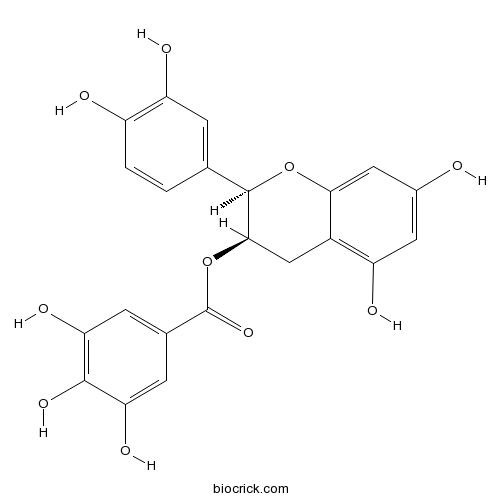
-
BCN1668
Gallic acid149-91-7
Instructions
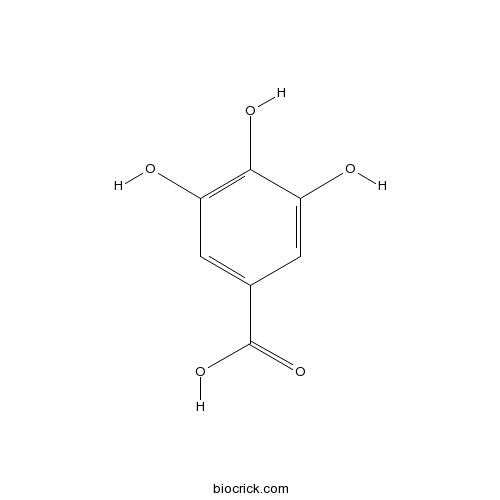
-
BCN1688
Catechin154-23-4
Instructions
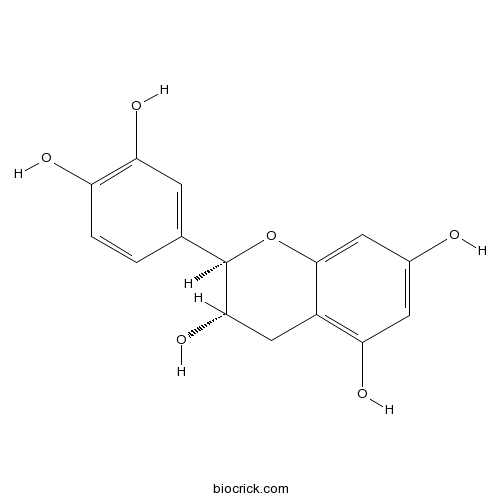
-
BCN6314
Procyanidin B120315-25-7
Instructions

-
BCN6316
Procyanidin B323567-23-9
Instructions
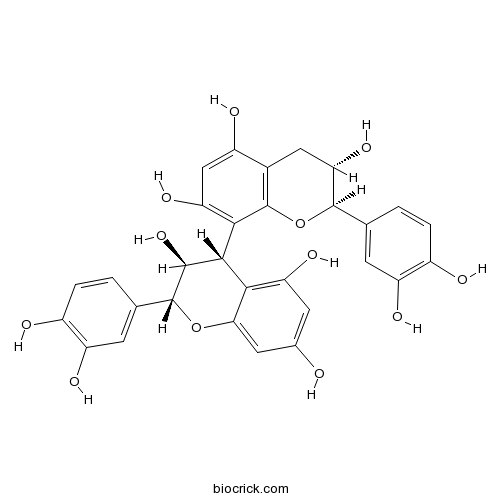
-
BCN5949
Polydatin27208-80-6
Instructions
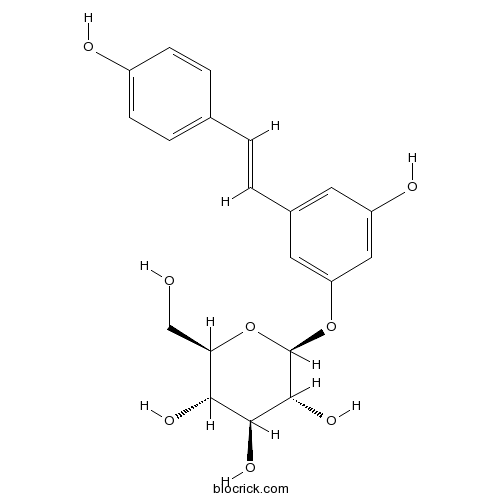
-
BCN5246
Oleuropein32619-42-4
Instructions

-
BCN5531
Daucosterol474-58-8
Instructions
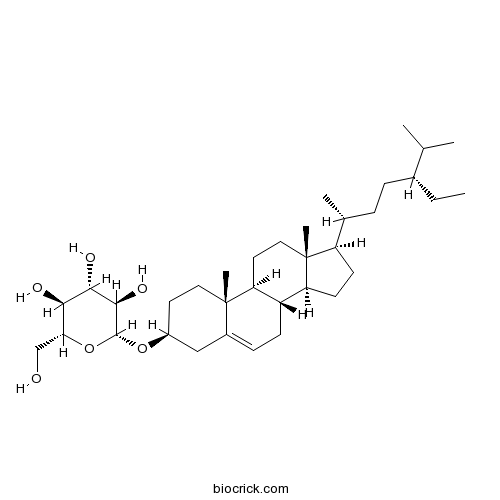
-
BCN5567
Chrysophanol481-74-3
Instructions

-
BCN5569
Isoquercitrin482-35-9
Instructions
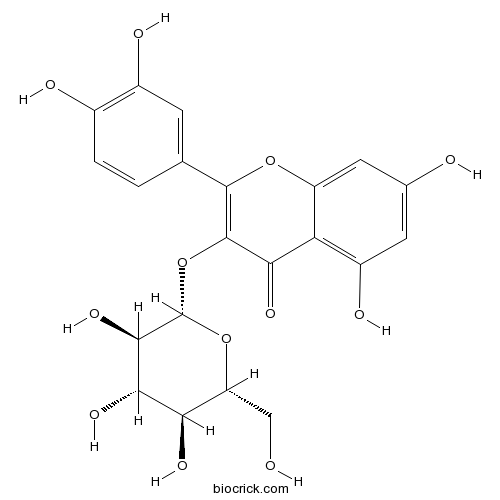
-
BCN5597
Epicatechin490-46-0
Instructions
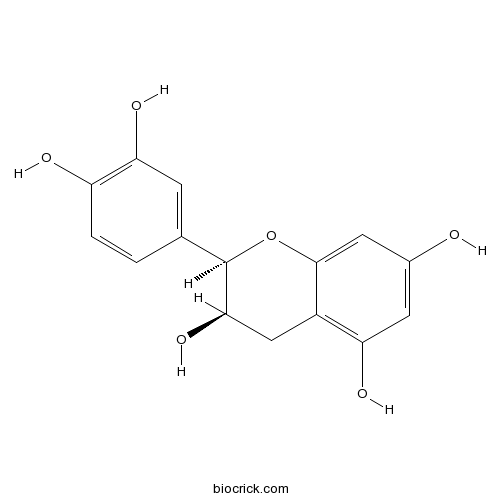
-
BCN3408
Gentisic acid490-79-9
Instructions
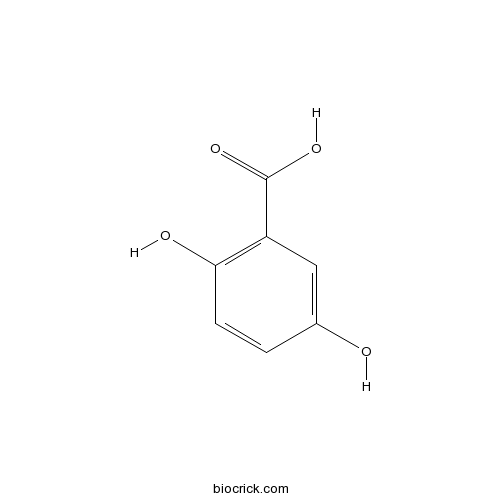
-
BCN5388
Luteolin-7-O-glucoside5373-11-5
Instructions

-
BCN1206
Palmitic acid57-10-3
Instructions

-
BCN4327
Ursolic acid77-52-1
Instructions

-
BCN4537
3,4-Dihydroxybenzoic acid99-50-3
Instructions
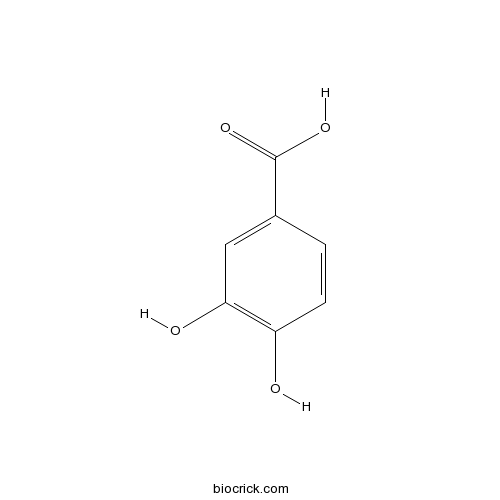
Cynomorium songaricum prevents bone resorption in ovariectomized rats through RANKL/RANK/TRAF6 mediated suppression of PI3K/AKT and NF-κB pathways.[Pubmed: 30092296]
Cynomorium songaricum Rupr., an edible and important Traditional Chinese medicine has long been used in folk for treatment of kidney deficiency, was chosen to estimate the antiosteoporotic activity and underlying molecular mechanism on rats induced by ovariectomy (OVX).
[Chemical Constituents from Cynomorium songaricum].[Pubmed: 30079707]
To study the chemical constituents from the fleshy stems of Cynomorium songaricum.
Comparison of enhanced male mice sexual function among three medicinal materials.[Pubmed: 29987881]
To compare the effect of Epimedium brevicornum Maxim., Cynomorium songaricum Rupr. and Morindae officinalis F.C. How on enhancing sexual function effect, mice were administered gavage by the extracts from three materials, serum testosterone and nitric oxide(NO) levels in male mice were detected and the changes of sexual organs were measured. Results showed that testosterone level, NO level and sexual organs weights of Epimedium brevicornum Maxim. treatment were significantly (p < 0.01) higher than those of Cynomorium songaricum Rupr. and Morindae officinalis F. C. How treatments, which indicated that Epimedium brevicornum Maxim. was more effective to improve sexual function than the other two plants. Subsequently, Epimedium brevicornum Maxim. was selected for the second experiment, with shenbao syrup as a positive reference drug, the male sexual behaviours and female vaginal copulation plug were measured. Results showed that Epimedium brevicornum Maxim. treatment exhibited higher male capture frequency, mount frequency and vaginal plug rate, and lower capture latency and mount latency than shenbao syrup treatment, which indicated that Epimedium brevicornum Maxim. was effective to enhance male mice sexual function. Thus, this finding might bring into perspective the treatment strategy for those doctors who treat erectile dysfunction and might be suitable for use in functional food.
Secondary Metabolite Accumulation Associates with Ecological Succession of Endophytic Fungi in Cynomorium songaricum Rupr.[Pubmed: 29749738]
Cynomorium songaricum Rupr. is a rare root-parasitic plant distributed in the desert ecosystem. Little is known about the role of endophytes in accumulation of metabolites in C. songaricum. Here, the correlations between the seven active components (total sugars, flavonoids, protocatechuic acid, catechins, tannins, gallic acid, and ursolic acid) and the endophytic fungi of C. songaricum were investigated, and their causal relationships are discussed further. The results showed that the accumulation of these components and the assembly of endophytic fungi changed with different plant developmental stages. Diverse relationships including positive and negative correlation were found among chemicals and endophytic fungal operational taxonomic units based on correlation coefficient matrices, which demonstrated that the accumulation of secondary metabolites in C. songaricum is closely related to the endophytic fungal community composition. These results present new opportunities to deeply understand plant-fungal symbioses and secondary metabolite productions.
[Cynomorium songaricum improves sperm count and motility and serum testosterone level and promotes proliferation of undifferentiated spermatogonia in oligoasthenospermia rats].[Pubmed: 29282918]
目的: 探究锁阳对少、弱精子症大鼠睾丸重量、血清睾酮浓度、以及精子数量、活动率等精子参数的影响,及促进未分化精原细胞增殖的机制,为开发新的治疗男性少、弱精子症的中药提供实验和理论依据。方法: 选取8周龄,体重约(220±10) g的SD大鼠30只,随机分为5组(n=6):空白对照组、模型对照组、3组实验组(低、中、高锁阳浓度剂量);将模型对照组与锁阳实验组予以环磷酰胺[30 mg/(kg·d)]腹腔注射,连续5 d,构建大鼠少、弱精子症模型;将3组实验组分别用低浓度[0.5 g/(kg·d)]、中浓度[1 g/(kg·d)]及高浓度[2 g/(kg·d)]锁阳水煎液灌胃,每天1次,连续4周后观察各组精子数量、活动率,测量各组大鼠血清睾酮浓度,并取各组大鼠睾丸称重;采用Real-time PCR方法检测低浓度组睾丸组织中精原干细胞标志物(Oct4、Thy1、PLZF、C-kit)表达情况,采用β-actin作为内参;采用Real-time PCR方法检测低浓度组睾丸组织中胶质细胞源性神经营养因子(GDNF)表达情况。结果: 空白对照组、模型对照组及低、中、高浓度锁阳实验组的大鼠睾丸重量分别为(1.52±0.06) g、(1.55±0.06) g、(1.34±0.04) g、(1.35±0.40) g、(1.43±0.30) g,不同浓度锁阳实验组大鼠睾丸重量与空白对照组、模型对照组比较未见明显差异(P>0.05)。空白对照组、模型对照组及低、中、高浓度实验组在每10个高倍镜视野精子数(精子数/10HP)分别为200±15、134±30、216±25、196±5、202±20个,锁阳实验组与模型对照组比较可显著提高大鼠的精子数量(P<0.05);低浓度锁阳水提物组睾丸组织中Oct4、Thy1、PLZF、GDNF基因mRNA表达水平较模型对照组增加,差异有统计学意义(P<0.05),C-kit基因mRNA表达水平未见明显差异(P<0.05); 空白对照组、模型对照组及低、中、高浓度锁阳实验组的大鼠每10个高倍镜视野精子活动率(精子活动率/10HP)分别为(52.1±5.5)%、(38.1±2.5)%、(49.6±1.0)%、(58.7±9.5)%、(59.1±9.5)%;大鼠血清睾酮浓度分别为(190.0±87.5)、(82.5±25.8)、(185.0±82.4)、(331.0±86.7)、(229.0±75.6) mmol/L,锁阳实验组与模型对照组比较可显著提高大鼠的精子活动率及血清睾酮浓度(P均<0.05),但与空白对照组比较无明显差异(P>0.05)。结论: 锁阳能显著提高少、弱精子症大鼠的精子数量、精子活动能力、血清睾酮水平,其改善机制可能是:①通过诱导睾丸Sertoli细胞中GDNF表达,促进未分化精原细胞增殖,从而促进精子发生过程,增加附睾尾部精子数目;②通过促进睾酮分泌,提高血清睾酮水平,进而改善精子活动率。.
Two phenolic antioxidants in Suoyang enhance viability of •OH-damaged mesenchymal stem cells: comparison and mechanistic chemistry.[Pubmed: 29086885]
Suoyang originates from a psammophyte named Cynomorium songaricum Rupr and has been known as a phenolic-antioxidant-enriched traditional Chinese herbal medicine. The present study attempted to investigate the protective effect of phenolic antioxidants in Suoyang towards •OH-mediated MSCs and then further discusses the chemical mechanisms.


